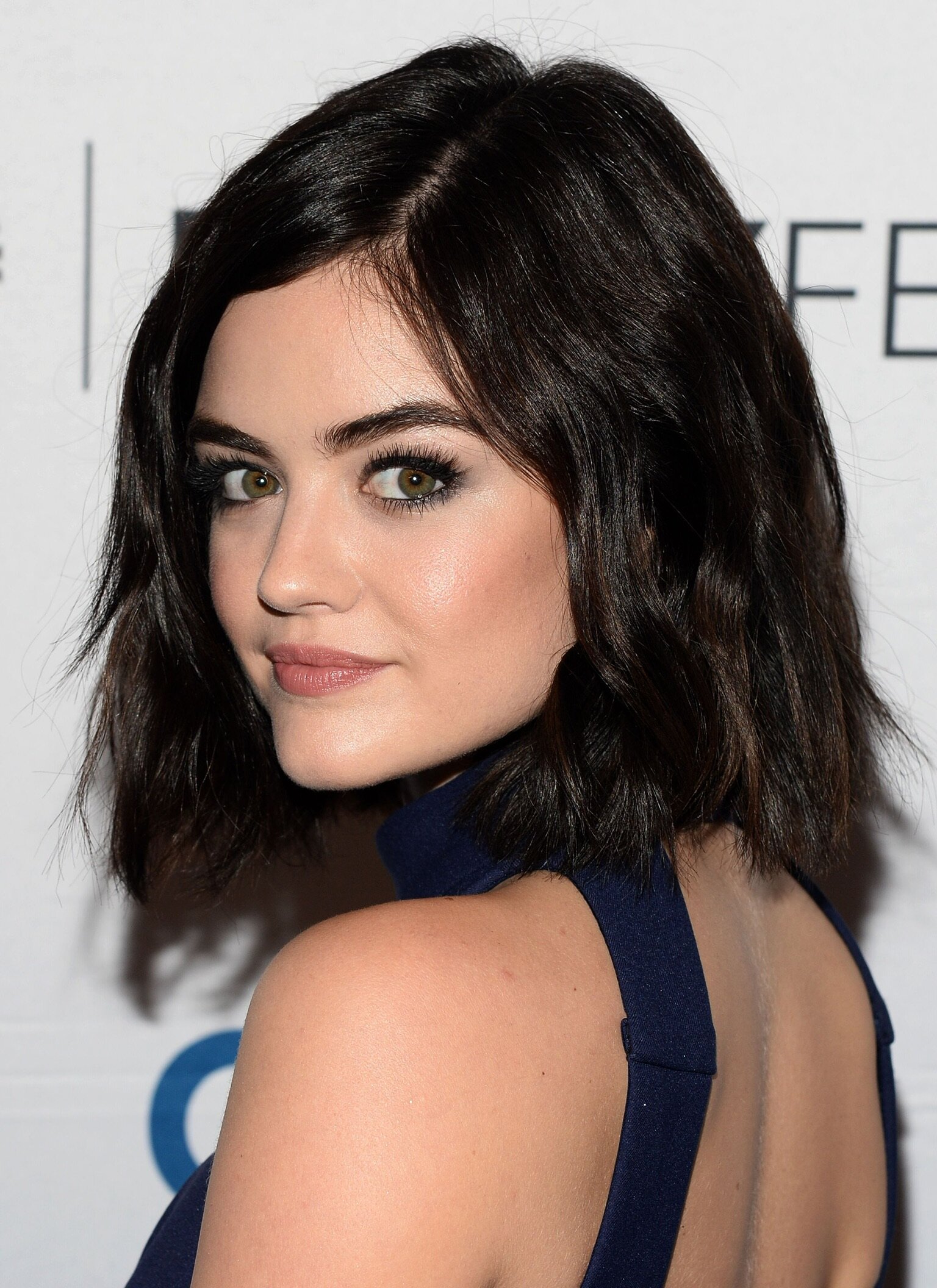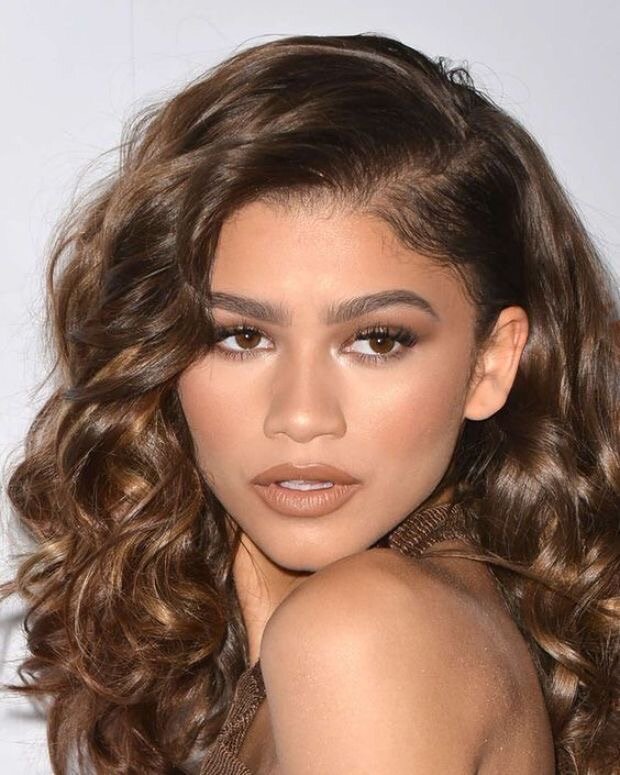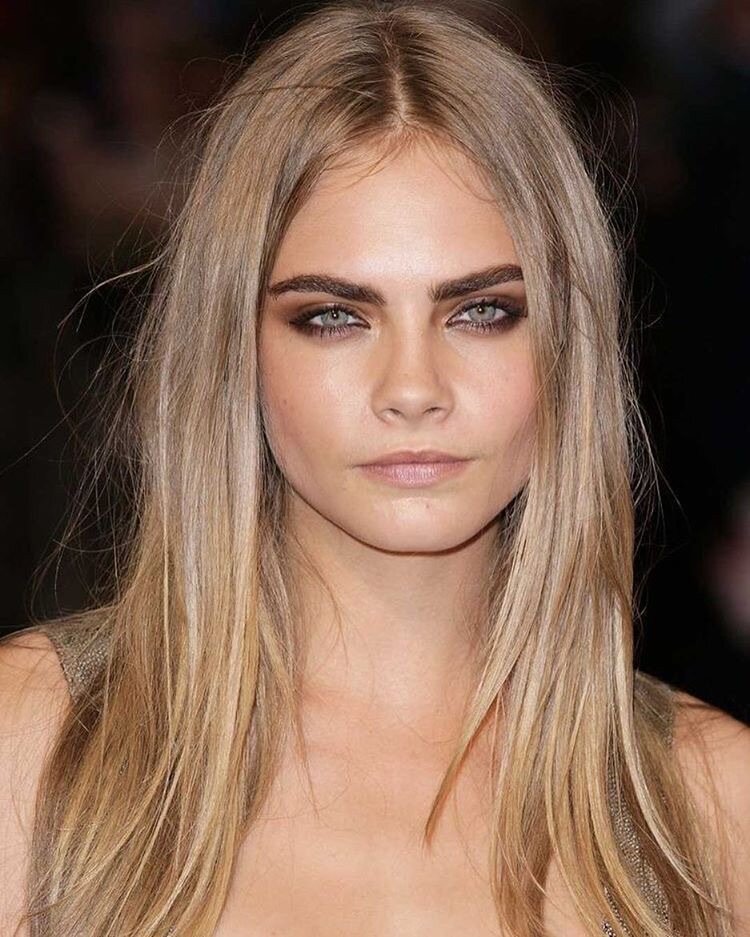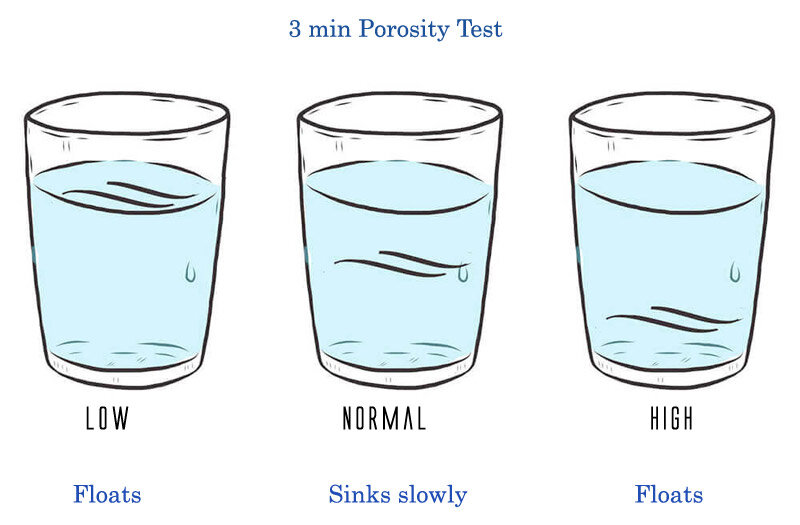How to pick the best shade of brunette for your skin tone
Brunette hair is such a universal hair color that anyone can rock. Brunette is anything but boring, and can make your eyes and skin really pop - sometimes more so than other hair colors. So, whether you want to deepen your current shade of brunette, ditch your blonde, red, or black color in favor of brown hair, the possibilities are endless. Keep on reading to figure out your skin’s undertones to see what the prettiest shade is for you.Tip #1: Look at your wrist. If you see greenish veins, you have warm undertones. If you have blue veins, you have cool undertones. If your veins are somewhere in between the two, your undertones are neutral.Tip #2: Look at your eye color. If you have blue or green eyes, you might have cool undertones. If you have brown eyes or golden specks on your iris’, there’s a chance you have warm undertones.When finding your perfect shade of brunette, refer to colors that are opposite of your skin’s undertones. So, if you have a cool undertone, you might want to choose a shade of brunette that is warm.Here’s a cheat sheet:If you have warm undertones: Choose a cool brown shade such as chestnut, dark chocolate, or dark auburn. A cool shade of brunette will complement your warm skin tone which can help brighten your complexion. Celebrity inspo:
Lucy Hale rocks a very dark brown with a couple pops of chocolate.Priyanka Chopra's rich brown base accentuated with auburn balayage.Zendaya wears a true medium brown with pops of chestnut.Emily Ratajkowski wears a rich medium brown that really makes her warm brown eyes pop.If you have cool undertones: Choose a warm brown shade such as caramel, auburn, or golden brown. Celebrity inspo:Zooy Deschanel’s hair color is a true chocolate brown with fleck of auburn overtones.Lilly Collins has a dark chocolate brown base color with lighter auburn pops framing her face.If you have neutral undertones: Lucky you! You can rock any shade of brunette. Try classic medium brown or the trendy nude shade! Celebrity inspo:
Soft, light brown highlights thread through Jessica Biel's hair and culminate a bright and bold brunette color.Emily Blunt rocks a dark auburn hue - the contrast against her complexion and eyes is so stunning!Cara Delevingne rocks an even amount of both warm and cool tones which cancel each other out to create a neutral color: nude.Do you love the idea of going brunette but aren’t ready to go full-on brown? Here are a couple hair color ideas that will allow you to flirt with being brunette:Try Balayage:
Balayage is a French word meaning 'to sweep' or 'to paint'. It allows for a sun-kissed natural-looking hair color, similar to what nature gives us as children. It’s the perfect way to subtly place beautiful lighter hues throughout your darker hair.Hair by Noelle.
Hair by Noelle.
Try going bronde:
If you’re currently a blonde and want to go darker but don’t want to totally ditch being lighter, try BRONDE! It is exactly what it sounds like: Bronde incorporates both blonde and brunette hues for a look that is the best of both worlds.Extra credit: ask for ‘twilighting’. What is Twilighting, you ask? The process is essentially adding subtle highlights that are evenly distributed to darker hair. The word dimensional is also key here.Hair by Noelle at ash salon.Ready for your hair fall hair change? Book online or call us at 707-363-8448Porosity and hair care
You may have heard the term ‘porosity’ when it comes to hair, but unless you were formally trained, you might not be familiar with what it really means. Understanding what porosity means and how you can apply it to the care of your hair can be very handy. First, what is Porosity?
Porosity refers to hair’s ability to absorb moisture. How absorbent depends on your natural texture, color history, styling, and degree of environmental exposure. The usual suspects that damage hair–bleach, excessive heat, sun and salt water–not only leave hair weakened, they also increase hair’s porosity. In healthy hair, the cuticle is closed, protecting the hair shaft.How do I know if I have porous hair?There are two methods you can use to find out how porous your hair is.The Float Test: Take a couple of strands of hair from your comb or brush and drop them into a bowl of water. Let them sit for 2-4 minutes. If your hair floats, you have low porosity. If it sinks, you have high porosity.The Slip'n'Slide Test: Take a strand of hair and slide your fingers up the shaft (toward the scalp). If you feel little bumps along the way, this means that your cuticle is lifted and that you have high porosity. If your fingers slip smoothly, then you have low porosity hair.
Still not sure? Here are characteristics of low, normal, and high porosity when it comes to hair:Low porosity characteristics:Products sit on your hairWashing and drying takes longerProduct buildup is more common
Normal porosity characteristics:Hair has high elasticityVery little maintenance is required for your hairHair easily accepts and retains moistureHair can be colored with good results
High porosity characteristics:Hair easily absorbs water and productsHair often looks and feels dryHair can be frizzyHair dries quickly
You might be wondering what this all means when it comes to coloring your hair...When the cuticle of the hair is frayed and lifted, as in the case of highly porous hair, color penetrates very easily and hair color formula can further weaken strands. On the other side of the spectrum, hair that’s low in porosity, while slick and smooth, repels color and often requires longer processing times. For those with high porosity, your time for color may be shorter as we want to mitigate more damage to your hair. For those with low porosity, your hair may take longer to process. Tips on managing your hair type:Low porosity hair care:Apply products to damp hair to allow them to sink in vs. on drenched hair.Use some heat conservatively to open the cuticle and allow for treatments to soak in.Try using an Apple Cider Vinegar wash to eliminate product build-up. We love Acid Wash from r+co.
Normal porosity hair care:Use a deep conditioner or mask to maintain the health of your hair. We love r+co’s Television Mask.
High porosity hair care:Allow your hair to air dry as heat can further damage your hair.Incorporate a treatment or deep conditioner into your haircare routine. We loveRinse your hair with cold water to seal your cuticle.Detangle your hair with a detangler and a Wet Brush to minimize further damage.
We hope that this blog post provided a better understanding of your hair type to better care for your strands!Dandruff myths and realities
Dandruff is such a common scalp condition that we see with our clients - partly because there are many myths concerning its causes and how to manage it.
Yeah, dandruff can be embarrassing and annoying, but so many people experience dandruff issues at some point in their life.
Dandruff is such a common scalp condition that we see with our clients - partly because there are many myths concerning its causes and how to manage it. Yeah, dandruff can be embarrassing and annoying, but so many people experience dandruff issues at some point in their life. Keep reading to get to the root of the problem and find out myths vs. realities when it comes to dandruff...Myth #1: Dandruff comes from having a dry scalp.Verdict: False.It’s actually the opposite. Having an oily scalp is more likely to lead to flakes. Malassezia are a type of fungus and they are lipophilic, which means they love the oil (sebum) your skin produces and thrive when there’s more of it. Myth #2: You should scratch away dandruff before washing your hair.Verdict: FalseDislodging flakes with your fingernails or a comb is not the best strategy to get rid of dandruff. If you feel like you have to dislodge them, you may be dealing with something different than dandruff. You may have a different scalp condition. Being so harsh on you scalp can also be painful and can cause infection due to open skin. Our advice: don’t do it!Myth #3: You should wash your hair less often if you have dandruff.Verdict: FalseRevisiting myth 1 here: being that oily scalp leads to dandruff, it is best to shampoo your hair daily. Myth #4: You don’t need to exfoliate your scalp.Verdict: False.Using an exfoliator once or twice a week will help get rid of unwanted dandruff because is lifts away flakes and helps return the rate of skin cell turnover on the scalp to a normal level. We love r+co’s Crown Scalp Scrub. The purifying and soothing scrub will detox, cleanse and re-balance your scalp and is excellent for sensitive and/or oily skin.If following the steps above do not work for you, visit your doctor, as you may have a scalp condition such as psoriasis or eczema. 

















